Circa 2020
Guru is promising a bold future without wires.

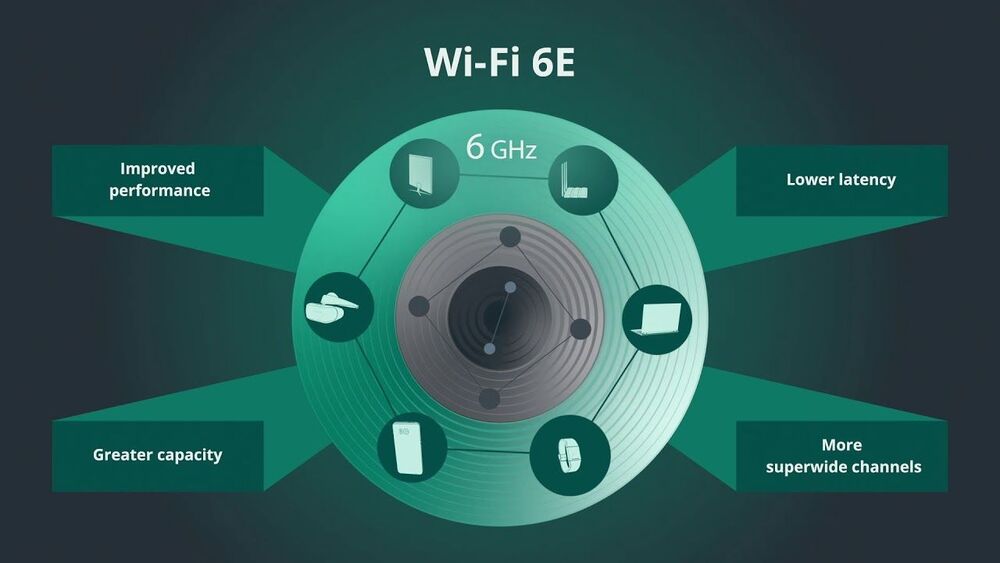
Wi-Fi 6E devices are now being certified by the Wi-Fi Alliance. Smartphones, PCs, and laptops are expected in the first quarter of 2021, while TVs and VR devices should follow in the second quarter of 2021.
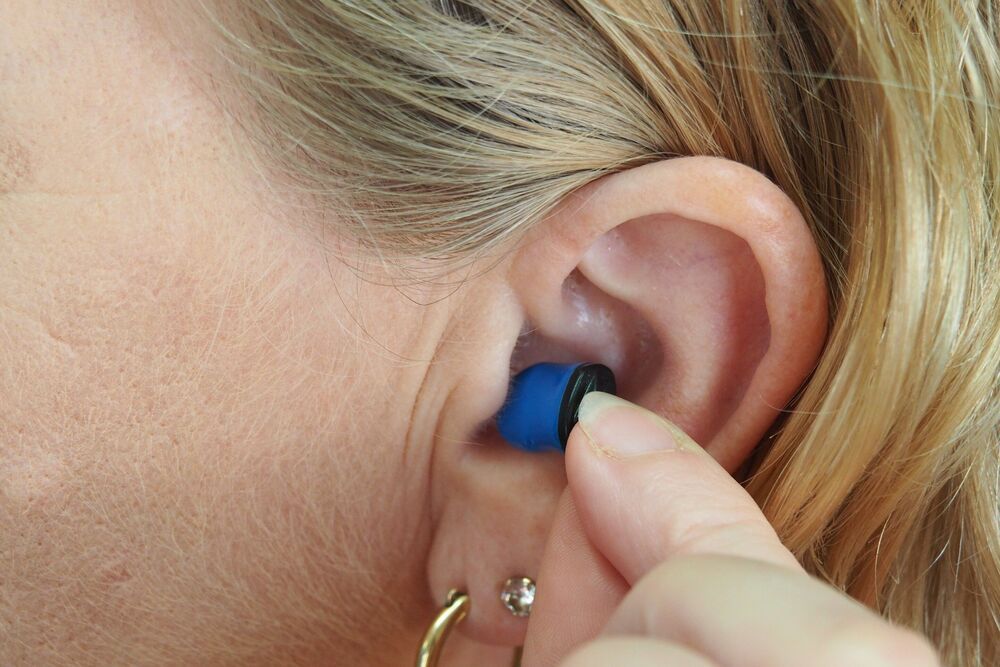
Despite the inherent challenges that voice-interaction may create, researchers at the Penn State College of Information Sciences and Technology recently found that deaf and hard-of-hearing users regularly use smart assistants like Amazon’s Alexa and Apple’s Siri in homes, workplaces and mobile devices.
The work highlights a clear need for more inclusive design, and presents an opportunity for deaf and hard-of-hearing users to have a more active role in the research and development of new systems, according to Johnna Blair, an IST doctoral student and member of the research team.
“As smart assistants become more common, are preloaded on every smartphone, and continue to provide benefits to the user beyond just the ease of voice activation, it’s important to understand how deaf and hard-of-hearing users have made smart assistants work for them and the realistic challenges they continue to face,” said Blair.
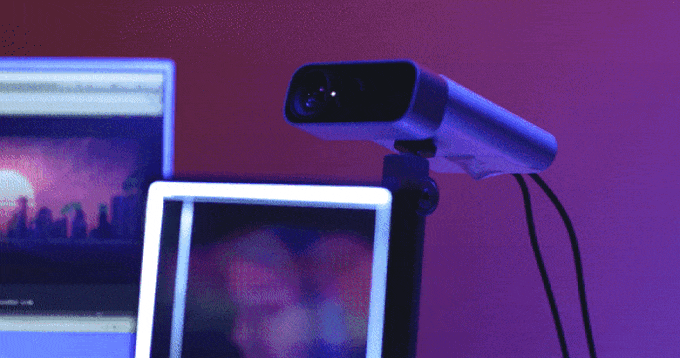
On the first day of a popular psychology course in the 1970s at City College of New York, students were told the story of how a remote South American tribe that was never exposed to technology or even electricity reacted when they saw a cowboy program on TV for the first time. Panic-stricken viewers dodged out of the way as galloping horses disappeared at the edge of the screen, while others searched high and low to find the missing animals. These were old, bulky televisions with scrappy black-and-white displays. But to the tribe members, the images were chillingly real.
One wonders how those folks—not to mention modern-day tech geeks as well as the general public—would react to a portable projector that fits in the palm of your hand and is capable of displaying stunningly realistic 3D color holographic images. Chances are they’d be pretty impressed.
Looking Glass Factory, a Brooklyn-based tech firm, is set to offer an 8 holographic display called Portrait that will convert users’ favorite personal photos into lifelike holograms. No special equipment or skills are required. Users simply take regular 2-D photos with any device, ranging from sophisticated DSLR setups to low-end cellphones—even old family Polaroids should work—and send them to Looking Glass Factory’s cloud-based service.
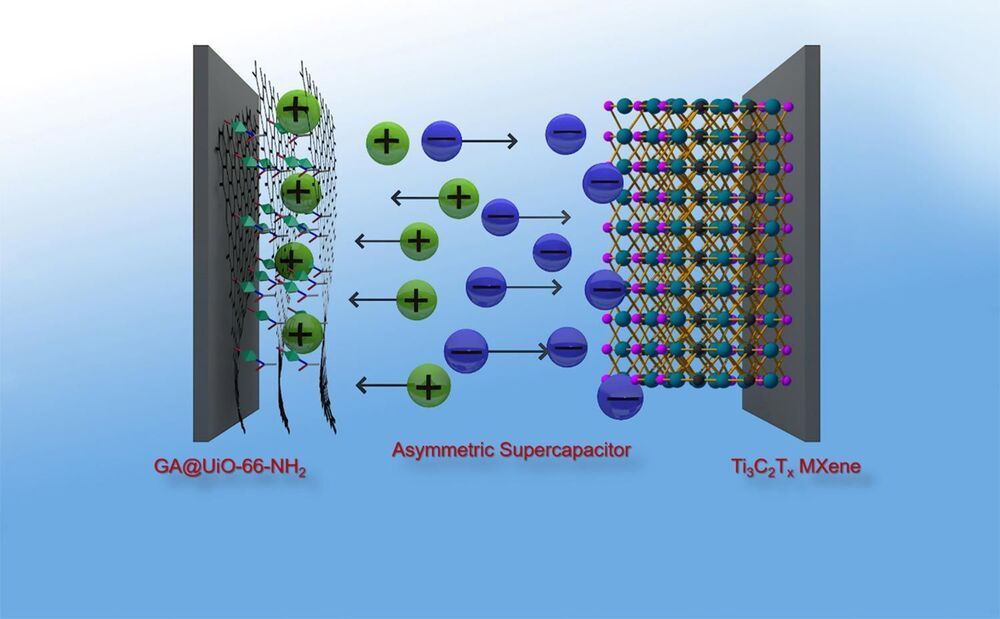
A team working with Roland Fischer, Professor of Inorganic and Metal-Organic Chemistry at the Technical University Munich (TUM) has developed a highly efficient supercapacitor. The basis of the energy storage device is a novel, powerful and also sustainable graphene hybrid material that has comparable performance data to currently utilized batteries.
Usually, energy storage is associated with batteries and accumulators that provide energy for electronic devices. However, in laptops, cameras, cellphones or vehicles, so-called supercapacitors are increasingly installed these days.
Unlike batteries they can quickly store large amounts of energy and put it out just as fast. If, for instance, a train brakes when entering the station, supercapacitors are storing the energy and provide it again when the train needs a lot of energy very quickly while starting up.
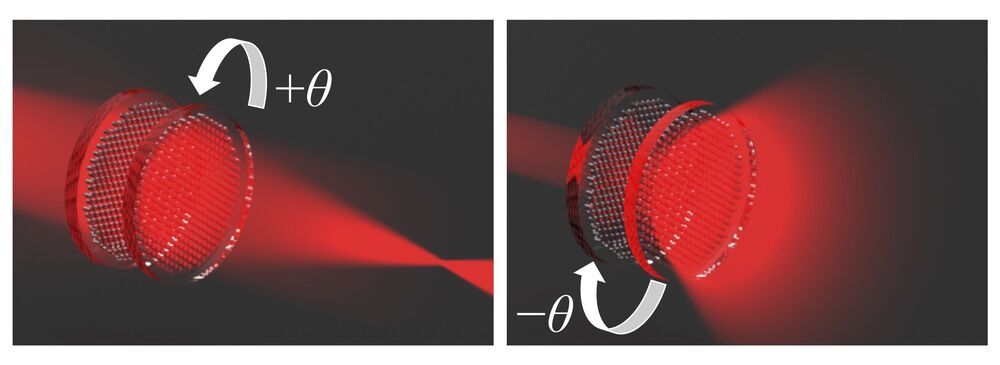
The odd, wavy pattern that results from viewing certain phone or computer screens through polarized glasses has led researchers to take a step toward thinner, lighter-weight lenses. Called moiré, the pattern is made by laying one material with opaque and translucent parts at an angle over another material of similar contrast.
A team of researchers from Tokyo University of Agriculture and Technology, TUAT, in Japan have demonstrated that moiré metalenses—tiny, patterned lenses composed of artificial ‘meta’ atoms—can tune focal length along a wider range than previously seen. They published their results on November 23 in Optics Express.
“Metalenses have attracted a lot of interest because they are so thin and lightweight, and could be used in ultra-compact imaging systems, like future smart phones, virtual reality goggles, drones or microbots,” said paper author Kentaro Iwami, associate professor in the TUAT Department of Mechanical Systems Engineering.
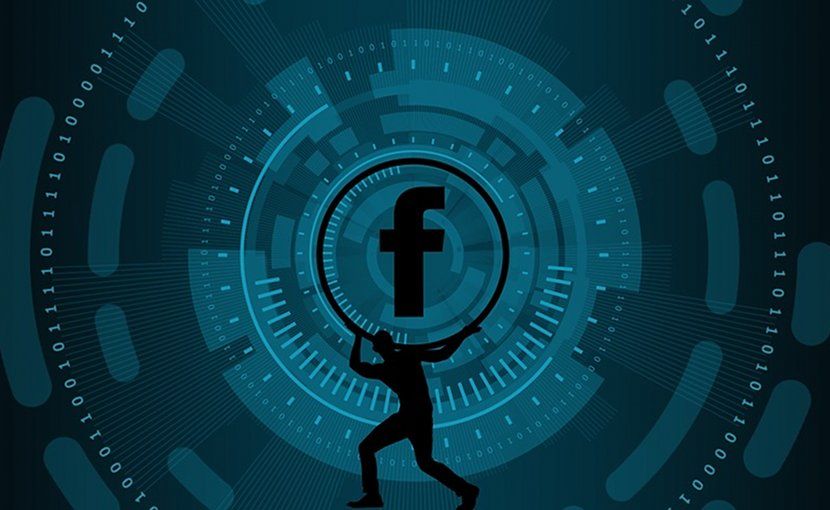
Third party data collection — whatever the motivation — has the potential to blur the lines between data privacy and complete identification.
By Shireen Gupta
In March 2020, it was revealed that the Zoom iOS app was sending user data to Facebook unbeknownst to the user. The transaction conspired in a manner where Zoom had implemented the ‘login from Facebook’ button on its iOS app, subsequently involving the Facebook Software Development Kit (SDK) in its iOS platform. The implementation of this feature allowed Facebook to access and extract users’ data from Zoom’s platform. Zoom apologised for this incident, claiming that it did not know of such implications while developing the app, further stating that it had rectified its mistake and fixed the app to remove the Facebook SDK.
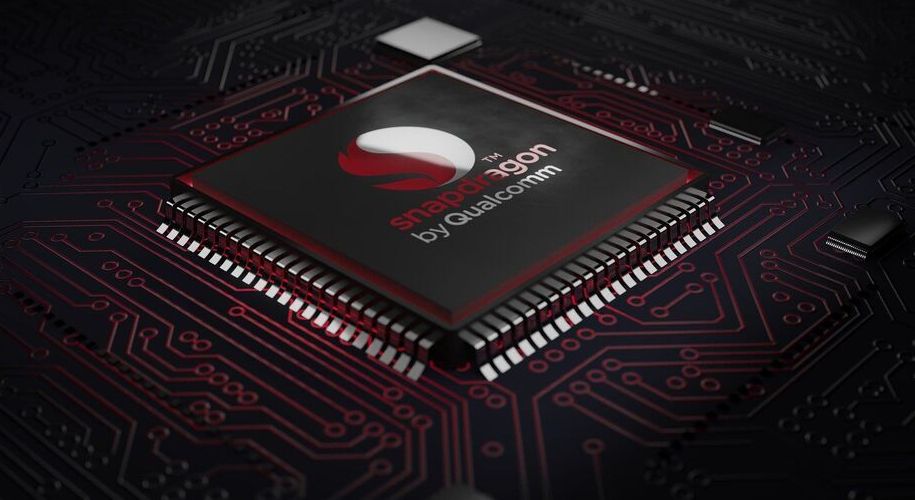
As 5G-enabled phones secured their spot as major players in smartphone technology in 2020, access to this latest functionality has been limited to higher-end phones. But things are about to change, as Qualcomm announced today the development of the Snapdragon 480 5G Mobile Platform, which is expected to usher in a new wave of low-cost smartphones featuring cutting-edge features of the latest wireless standard.
5G technology promises higher peak data speeds, very low latency and greater reliability. With the current crop of 5G-enabled phones hovering above $500, the extension of 5G to Qualcomm’s 4-series SoC could pave the way for smartphones priced in the $125-to-$250 range.
The Snapdragon 480 chipset incorporates an X51 modem that supports mmWave and below-6-GHz bandwidths, which ensures compatibility with nearly all 5G networks available today. 5G is not available everywhere, but users in regions offering the technology will see download speeds of 2.5 Gbps and upload speeds up to 660 Mbps.

Experts first floated immunity passports as something to give people who had recovered from COVID-19, but the idea was laden with ethical and logistical concerns — especially since scientists weren’t sure how long coronavirus antibodies lasted after a patient recovered.
But instead of the immune system’s response to COVID-19, this new system built by the medical testing platform startup Healthvana would show whether someone had been vaccinated, likely a more robust indicator that they’re no longer infectious.
After vaccination, you’d be able to take out your smartphone and show you’d been inoculated “to prove to airlines, to prove to schools, to prove to whoever needs it,” Healthvana CEO Ramin Bastani told Bloomberg.
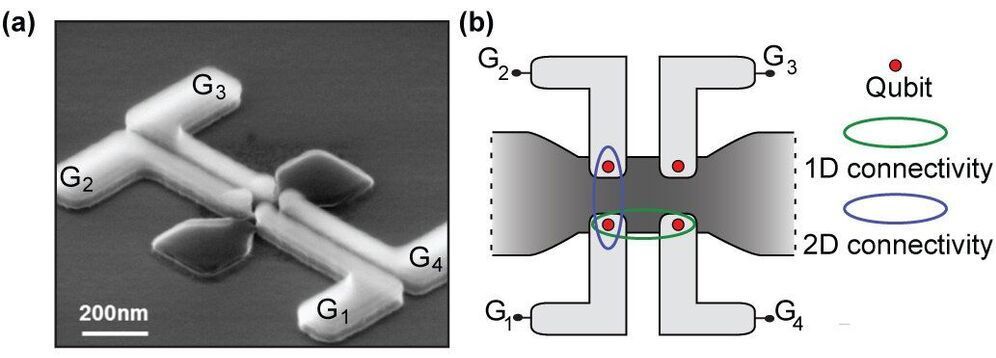
Quantum computer: One of the obstacles for progress in the quest for a working quantum computer has been that the working devices that go into a quantum computer and perform the actual calculations, the qubits, have hitherto been made by universities and in small numbers. But in recent years, a pan-European collaboration, in partnership with French microelectronics leader CEA-Leti, has been exploring everyday transistors—that are present in billions in all our mobile phones—for their use as qubits. The French company Leti makes giant wafers full of devices, and, after measuring, researchers at the Niels Bohr Institute, University of Copenhagen, have found these industrially produced devices to be suitable as a qubit platform capable of moving to the second dimension, a significant step for a working quantum computer. The result is now published in Nature Communications.
Quantum dots in two dimensional array is a leap ahead
One of the key features of the devices is the two-dimensional array of quantum dots. Or more precisely, a two by two lattice of quantum dots. “What we have shown is that we can realize single electron control in every single one of these quantum dots. This is very important for the development of a qubit, because one of the possible ways of making qubits is to use the spin of a single electron. So reaching this goal of controlling the single electrons and doing it in a 2-D array of quantum dots was very important for us”, says Fabio Ansaloni, former Ph.D. student, now postdoc at center for Quantum Devices, NBI.